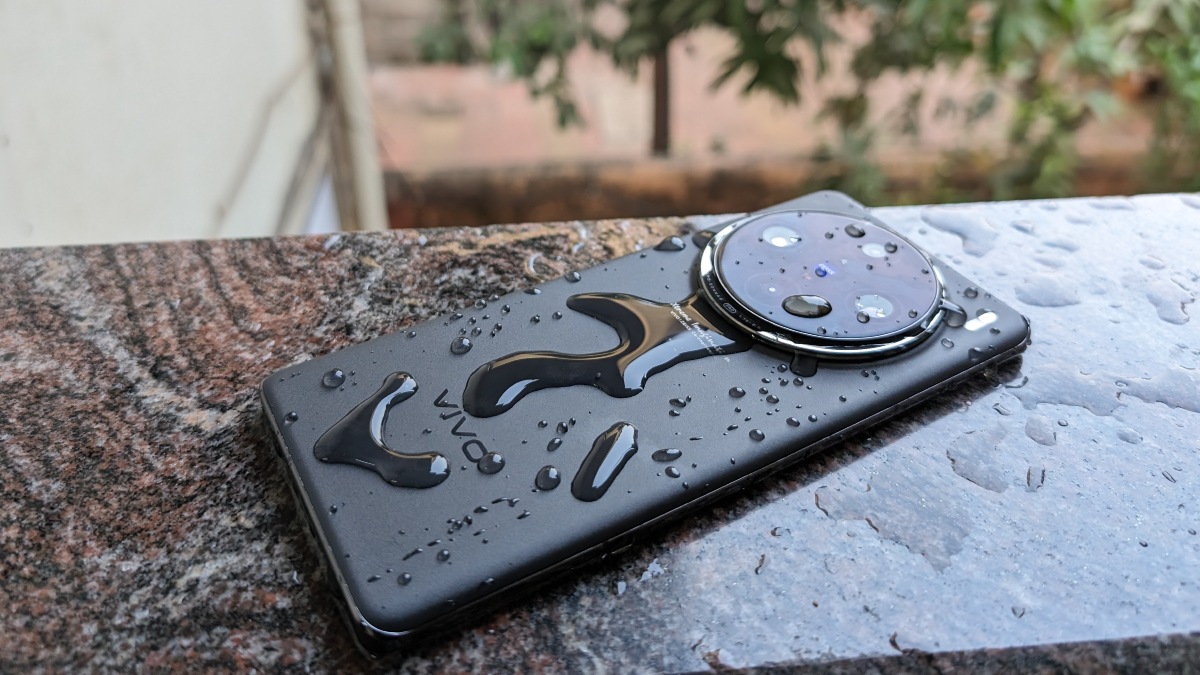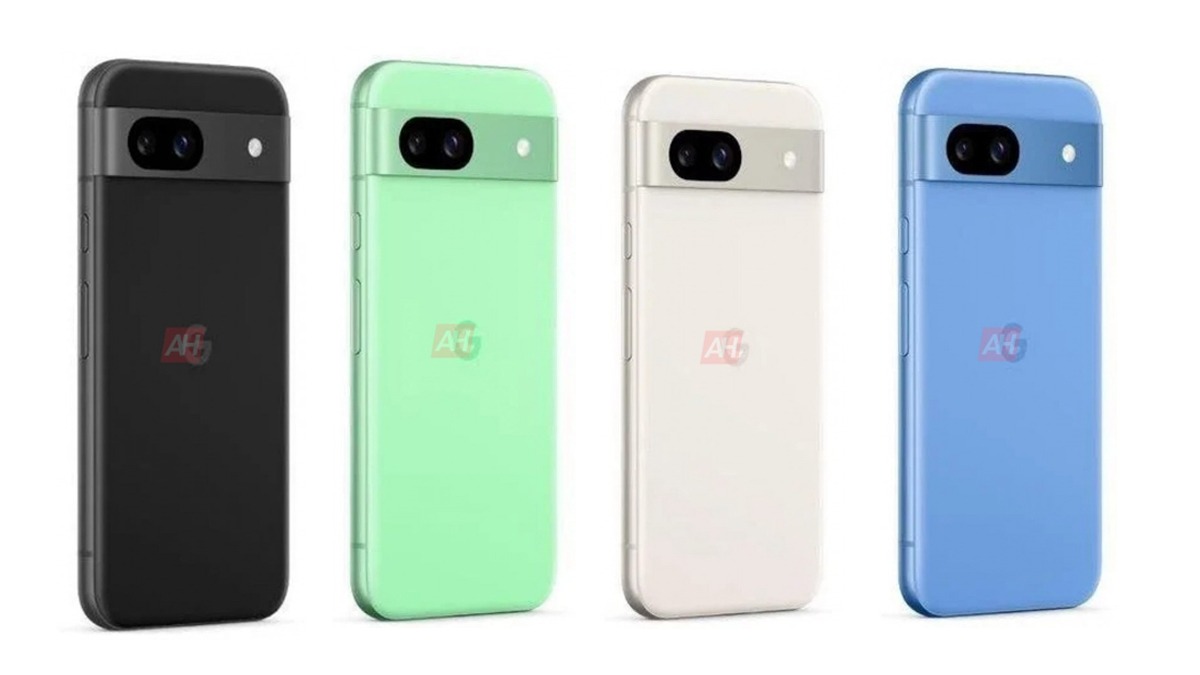Just In
- 14 min ago

- 53 min ago

- 1 hr ago

- 2 hrs ago

Don't Miss
- Movies
 Sukriti & Prakriti Kakar Release Debut Track Saath Tere On SuPra In Association With Virgin Music India
Sukriti & Prakriti Kakar Release Debut Track Saath Tere On SuPra In Association With Virgin Music India - Finance
 Don't Have A Voter ID Card? Here's How You Can Still Cast Your Vote In The 2024 Lok Sabha Elections!
Don't Have A Voter ID Card? Here's How You Can Still Cast Your Vote In The 2024 Lok Sabha Elections! - Sports
 Pakistan vs New Zealand: First Look at Pak's New Bowling Sensation As T20 Series Begin In Rawalpindi
Pakistan vs New Zealand: First Look at Pak's New Bowling Sensation As T20 Series Begin In Rawalpindi - News
 Bengaluru Woman Slapped With Rs 1.36 Lakh Fine For 270 Traffic Violations
Bengaluru Woman Slapped With Rs 1.36 Lakh Fine For 270 Traffic Violations - Education
 SSC JE Application 2024; Last date to apply on April 18, Know more
SSC JE Application 2024; Last date to apply on April 18, Know more - Lifestyle
 Chaitra Navratri 2024 Day 9: Maa Siddhidatri Puja Vidhi, Vrat Katha, Mantra, And Aarti Lyrics
Chaitra Navratri 2024 Day 9: Maa Siddhidatri Puja Vidhi, Vrat Katha, Mantra, And Aarti Lyrics - Automobiles
 Aprilia Lineup Updated In India – John Abraham Becomes New Brand Ambassador
Aprilia Lineup Updated In India – John Abraham Becomes New Brand Ambassador - Travel
 From Coconut Breaking on Head to Men Dressing as Women: 12 Unique Indian Rituals Explored
From Coconut Breaking on Head to Men Dressing as Women: 12 Unique Indian Rituals Explored
Android makers to focus on 3D sensing in favor of under-display fingerprint sensors
3D sensing has a great future in the smartphone arena.
We have been coming across reports that several Android device manufacturers are considering to implement the under-display fingerprint sensors in their smartphones. However, it looks like this trend will be replaced before becoming mainstream.

As per an Apple Insider report, the analyst by Ming-Chi Kuo has predicted that the Android smartphone makers are focusing on the 3D mapping solutions for facial recognition with the launch of the iPhone X with the Face ID technology. The analyst has reported that the inquiries made by the smartphone makers related to 3D sensing have increased over three times since the iPhone X unveiling.
Besides the security purposes, the 3D sensing technology is said to be beneficial in terms of augmented reality as well. Apparently, even Apple demonstrated the Animoji while unveiling the iPhone 8, iPhone 8 Plus and iPhone X. This appears to be a novelty instead of the incremental upgrade to the under-display fingerprint sensors.

The under-glass fingerprint sensors have been existent since the past few years but has not become mainstream still. The technology was supposed to be used by the Samsung Galaxy S8 and S8+ flagship smartphones but there were last-time changes favoring the implementation of conventional fingerprint sensors. Even Apple was rumored to bring an optical under-display sensor on the iPhone X but the 3D sensing Face ID technology replaced it.
Samsung might continue with the optical fingerprint sensor tech as it is better suited for the OLED displays. As Samsung dominates this market segment, it makes sense for the company to stick to it without switching on to 3D mapping systems to stay away from component shortages.
Kuo is also cited stating that Samsung has settled on the compact image sensor (CIS) design for the next generation flagship phablet - Galaxy Note 9 instead of the CIS independent light emitter setup. This is possible as Samsung's flexible OLED panels can be customized in order to fit the CIS-only design.
That being said, now we need to await for the different 3D sensing technologies and their uses on the upcoming Android smartphones.
-
99,999
-
1,29,999
-
69,999
-
41,999
-
64,999
-
99,999
-
29,999
-
63,999
-
39,999
-
1,56,900
-
79,900
-
1,39,900
-
1,29,900
-
65,900
-
1,56,900
-
1,30,990
-
76,990
-
16,499
-
30,700
-
12,999
-
11,999
-
3,999
-
2,500
-
3,599
-
8,893
-
13,999
-
32,999
-
9,990
-
12,999
-
25,377












































